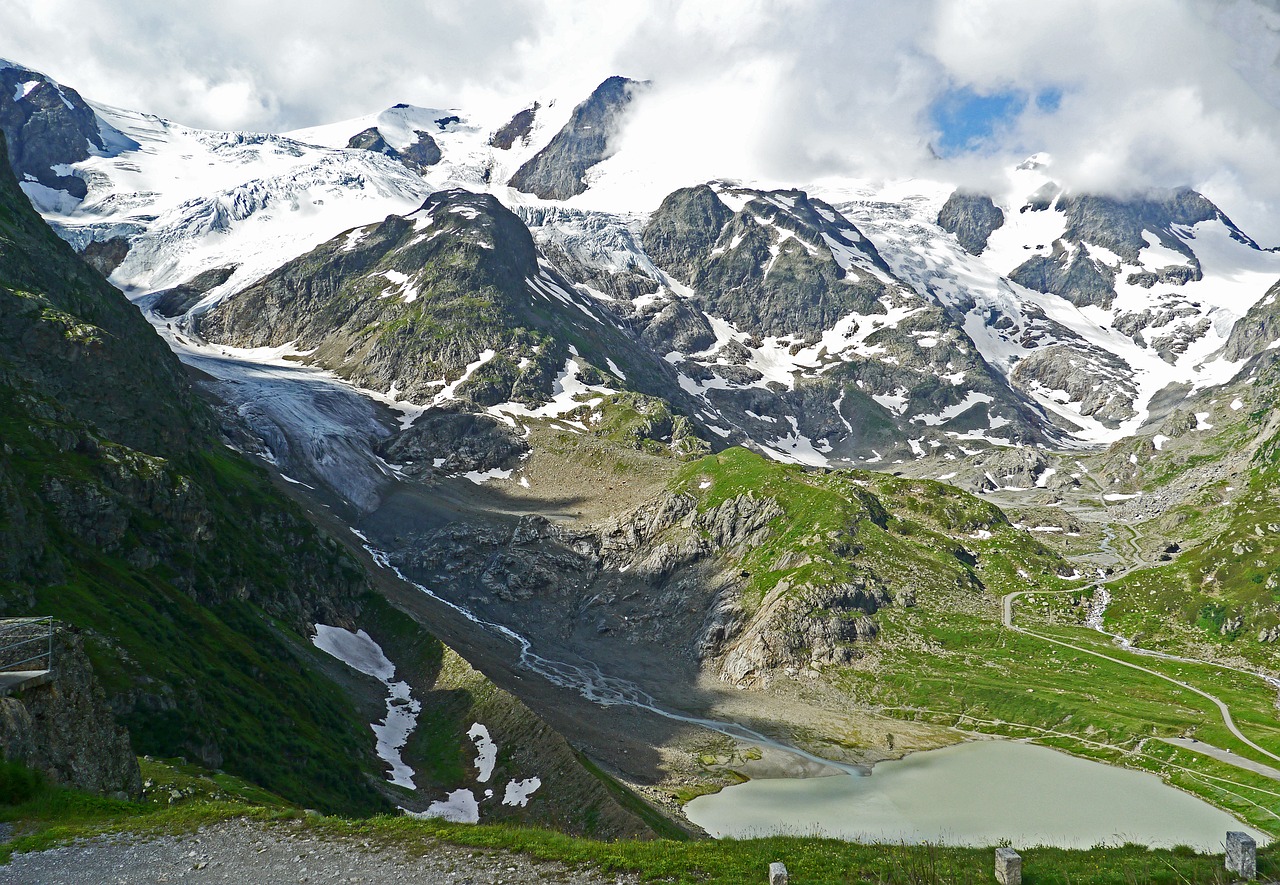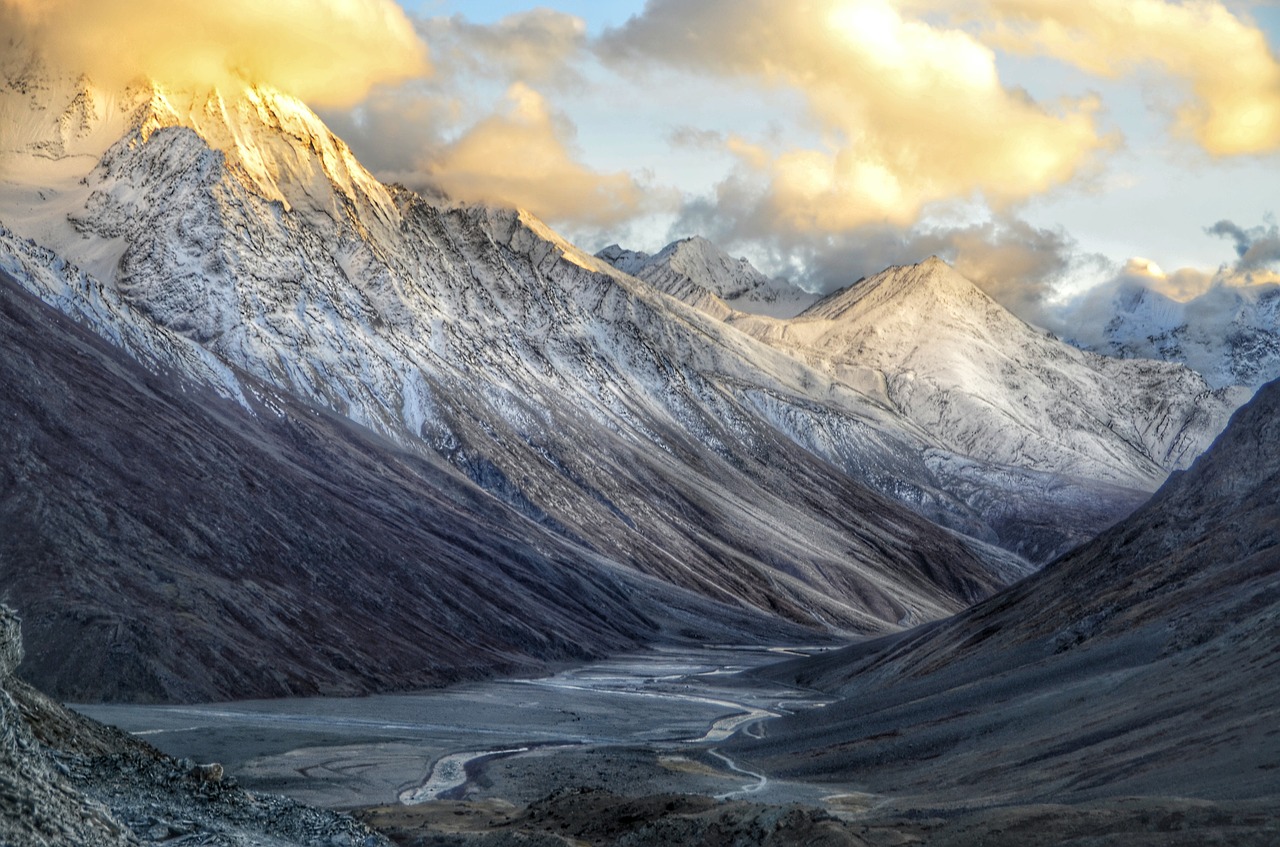Global News
- Details
- Category: Global News
A study published in the journal Water Policy stresses that rapid urbanisation in the region, driven mainly by tourism, is threatening water security in the area – which will only be exacerbated by climate change. The researchers argue that unless a long-term and mountain-specific strategy is devised, millions living in the region would face a severe water crisis.
Millions of people living in the Himalayan region of India, Pakistan, Bangladesh and Nepal may face a grim water future if the rapid and unplanned urbanisation taking place in the ecologically fragile mountains is not quickly addressed, said a study which recommended long-term mountain-specific urban planning to tackle the threat.
- Details
- Category: Global News
An Ecole polytechnique fédérale de Lausanne (EPFL) study has showed that until now, scientists have been substantially underestimating how quickly gases are exchanged between mountain streams and the atmosphere. Based on research in the Swiss cantons of Vaud and Valais, an EPFL laboratory has shed new light on the role of mountain streams in emitting greenhouse gases.
An EPFL study has prompted scientists to rethink a standard approach used to calculate the velocity of gas exchange between mountain streams and the atmosphere. Research conducted in streams in Vaud and Valais indicate that equations used to predict gas exchange based on data from lowland streams undershoots the actual gas exchange velocity in mountain streams on average by a factor of 100.
- Details
- Category: Global News
The Hindu Kush Himalaya Assessment finds that even if carbon emissions are dramatically cut and global warming is limited to 1.5 degrees, over a third of glaciers in the Hindu Kush Himalaya region will have vanished by 2100. If emissions are not cut, this loss could increase to two-thirds – with serious consequences for the billions who rely on their water.
A comprehensive new study of the Hindu Kush Himalaya (HKH) region finds that even meeting the Paris Agreement goal of limiting global warming to 1.5 degrees by the end of the century would lead to a 2.1 degree spike in temperatures in the Himalaya – resulting in the melting of one-third of the region’s glaciers. These glaciers are a critical water source to some 250 million mountain dwellers, and 1.65 billion others living in the river valleys below.
- Details
- Category: Global News
 In a new Special Report released in October, the IPCC stressed the urgency of limiting global warming to 1.5°C to mitigate some of the more severe consequences of climate change. What are the implications of this report for mountains and mountain research?
In a new Special Report released in October, the IPCC stressed the urgency of limiting global warming to 1.5°C to mitigate some of the more severe consequences of climate change. What are the implications of this report for mountains and mountain research?
Published earlier this month, the IPCC Special Report on Global Warming of 1.5°C provided compelling evidence of climate change impacts that could be avoided by limiting global warming to 1.5°C, compared to 2°C or more. Global sea level rise by 2100, for instance, would be 10 cm lower with 1.5°C rather than 2°C of warming, while the likelihood of an Arctic Ocean free of sea ice in summer would be once per century, rather than at least once per decade.
“Every extra bit of warming matters, especially since warming of 1.5°C or higher increases the risks associated with long-lasting or irreversible changes, such as the loss of some ecosystems,” says Hans-Otto Pörtner, Co-Chair of IPCC Working Group II.
- Details
- Category: Global News
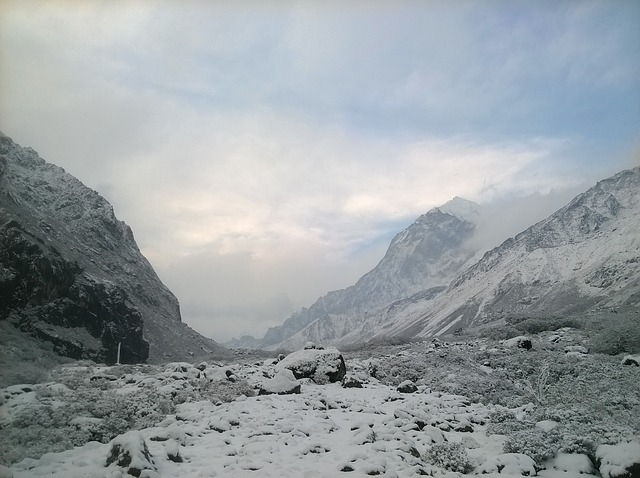
A new article published in Nature Geoscience reports on the massive collapse of two adjacent glaciers in western Tibet in July and September 2016, leading to an unprecedented pair of giant low-angle ice avalanches.
Published in Nature Geoscience (online on 22 January 2018), the article ‘Massive collapse of two glaciers in western Tibet in 2016 after surge-like instability’ elaborates that the twin collapses were caused by climate- and weather-driven external forcing, acting on specific polythermal and soft-bed glacier properties.
- Details
- Category: Global News
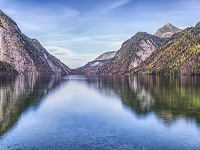 ForumAlpinum has issued a call for contributions to its 2018 edition exploring the topic 'Alpine Water - Common Good or Source of Conflicts?'
ForumAlpinum has issued a call for contributions to its 2018 edition exploring the topic 'Alpine Water - Common Good or Source of Conflicts?' Changing environmental and climatic conditions and growing demand for water will likely lead to conflicts in water use and water management in the Alps. Examining this issue, ForumAlpinum 2018 will take place 4-6 June in Breitenwang, Austria, and will identify hot spots of water use and management in the Alps, analyze conflicts, assess their relevance in a regional, national or international context, and discuss possible solutions.
- Details
- Category: Global News
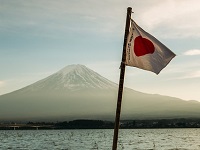 In November, two MRI Science Leadership Council (SLC) members headed to Japan to attend key events on mountain science and disaster risk.
In November, two MRI Science Leadership Council (SLC) members headed to Japan to attend key events on mountain science and disaster risk. - Details
- Category: Global News
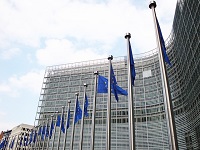 The European Commission is investing in new solutions to societal challenges and breakthrough innovation.
The European Commission is investing in new solutions to societal challenges and breakthrough innovation. Last October, the European Commission announced that it will invest €30 billion of EU research and innovation funding in the Horizon 2020 programme during 2018-2020, including €2.7 billion to kick-start a European Innovation Council. Over the next three years, the Commission hopes to increase the impact of its research funding by focusing on critical topics such as migration, security, climate, clean energy, and digital economy, supporting the Commission's political priorities - all of which are topics relevant in the mountains context.





